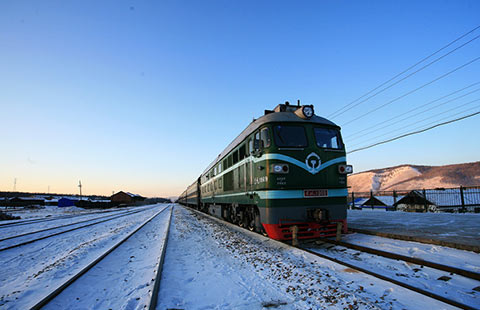Tourism foresight needed
Last week's fiasco, which forced some mainland tourists to sleep in their coach or cut short their Chinese New Year holidays in Hong Kong after their travel agents failed to provide them with accommodation, has sparked fresh debate on the side-effects of a booming inbound tourism and calls for a cap on the number of mainland visitors.
But, limiting the number of inbound tourists is ill-advised, considering the fact that tourism is one of the city's pillar industries, contributing 15.2 percent to Hong Kong's GDP and accounting for 12.8 percent of the local labor force in 2011, according to data from the World Travel & Tourism Council.
The latest scandal has added urgency to the need for tougher regulations and supervision in the tourism industry to root out unscrupulous practices.
Such scandals are nothing new and had happened repeatedly during the peak seasons for inbound tourism in recent years - a solid evidence that the current regulatory framework is far from being efficient in disciplining players in the industry.
The government is moving in the right direction by tightening regulations in the tourism industry with on-going efforts to create an independent, statutory tourism authority. The latest incidents could have only piled pressure on the authorities to speed up the pace of improving efficiency in the tourism sector.
Besides the need for tougher regulations and supervision for the industry, the latest fiasco has reminded the government of the need for foresight and long-term planning to ensure that the city will have sufficient infrastructure to accommodate the rapidly growing number of tourists.
There has also been public outrage over the draining out of public amenities as well as overcrowding caused by the huge influx of tourists, with complaints that the city lacks tourist attractions and reasonably-priced hotels to accommodate the soaring number of visitors. Against this backdrop, the government should set its sight on the years ahead and formulate relevant strategies with a vision for the development of the tourism industry in the next five or 10 years.
The idea of capping the number of mainland tourists as a way to ease the strain on infrastructure is not advisable as it is no different from throwing away the apple because of its core.
















